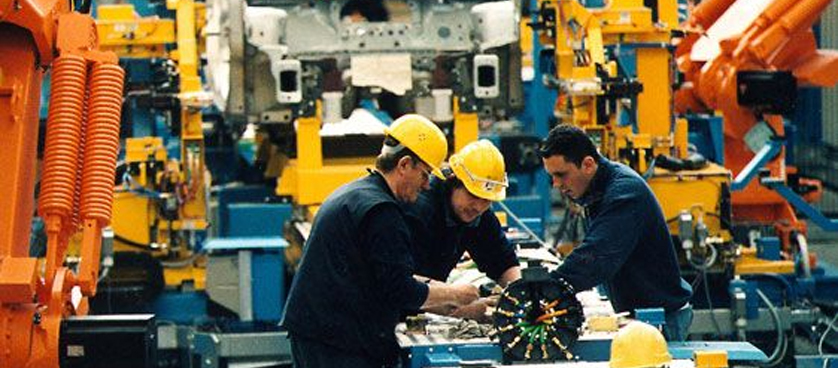Measuring performance in the assembly line
The highly competitive automotive industry represents the perfect framework for continuous innovation and development. The ever increasing customer demands for qualitative and customized products and the tight competition have increased the need for a more efficient and effective production cycle.
Such a production cycle is represented by assembly line, a sophisticated system where the desired output is created by adding interchangeable parts to a product in a pre-determined order. Within this system, there is no room for errors. Therefore, this continuous strive for excellence requires rigorous measurements, in order to make the adjustments needed.
Each unit within a company has a set of KPIs that is used to assess its performance and compliance with the company’s goals. The production line is no different. Relevant indicators in this area include:
– # Cycle time variations
– # Scheduled operation time
– # Finished good quality
– # Supplier on-time delivery
– % Management line scheduling visibility
– # Working time lost by the employee
The main attributes of this kind of KPIs are: relevancy, clarity and balance. Others may include: accessibility, control, timely and standardization.
The use of these types of KPIs leads to every day adjustments on the assembly process, balancing the assembly line, thus ensuring a continuous product flow.
The system used for measuring performance points out the areas that need improvement and enables decision-making regarding different processes, since the output of the system is based on actual performance. It also improves overall quality, for both product and employees.
There still are companies that haven’t adapted and updated their assembly lines to meet the market needs. For them, having a flexible assembly line that can be easily modified and adapted to create customized products at any point is a must.
The first step in achieving high levels of proficiency in this field is understanding how Performance Management tools and processes can become competitive advantage enablers. Constant measurement and assessment increase the assembly line’s efficiency and effectiveness and ensures that customers’ needs and expectations are met through high quality products, delivered at a fast rate.
References:
- Alegre, J. C. A. C. (2010), Performance measurement on automotive assembly line
- Kurniadi, A. K., Islamoglu E. and Ryu K. (2012), Performance comparison of two assembly line concepts: Conveyor line and box assembly line
- Villarreal B. and del Roble Alanis, M. (2011), A simulation approach to improve assembly line performance
- Danielsson D. and Krozer J. (2011), Process quality performance for assembly processes
- The KPI Institute (2013), Manufacturing KPIs
Image source:

Tags: Automotive performance, KPI, Production and Quality Management performance






